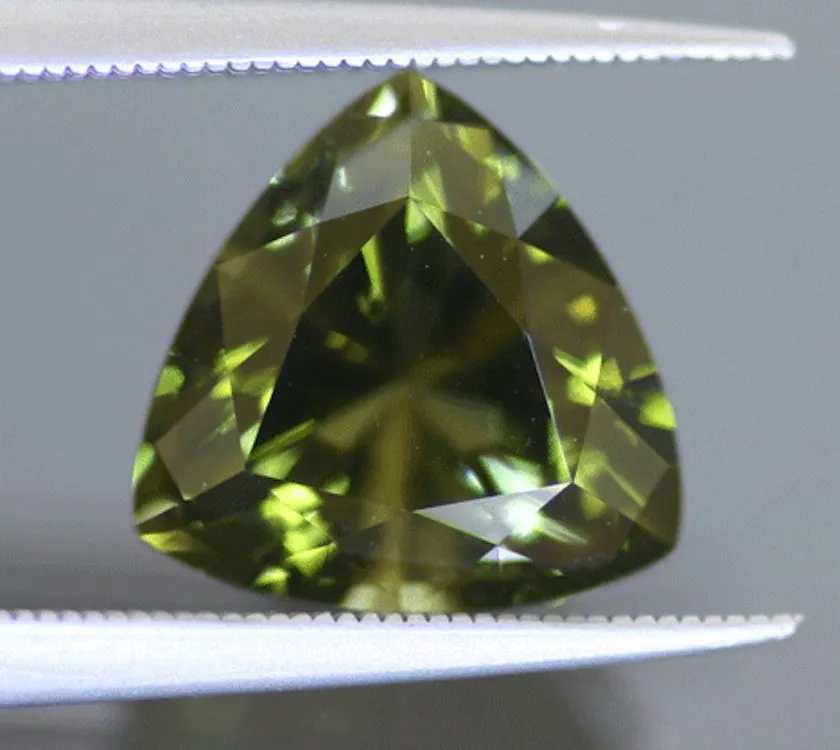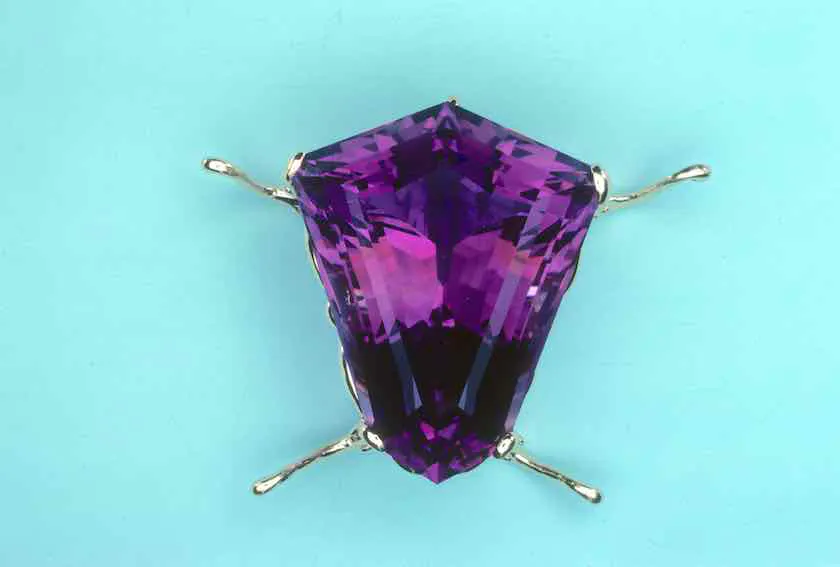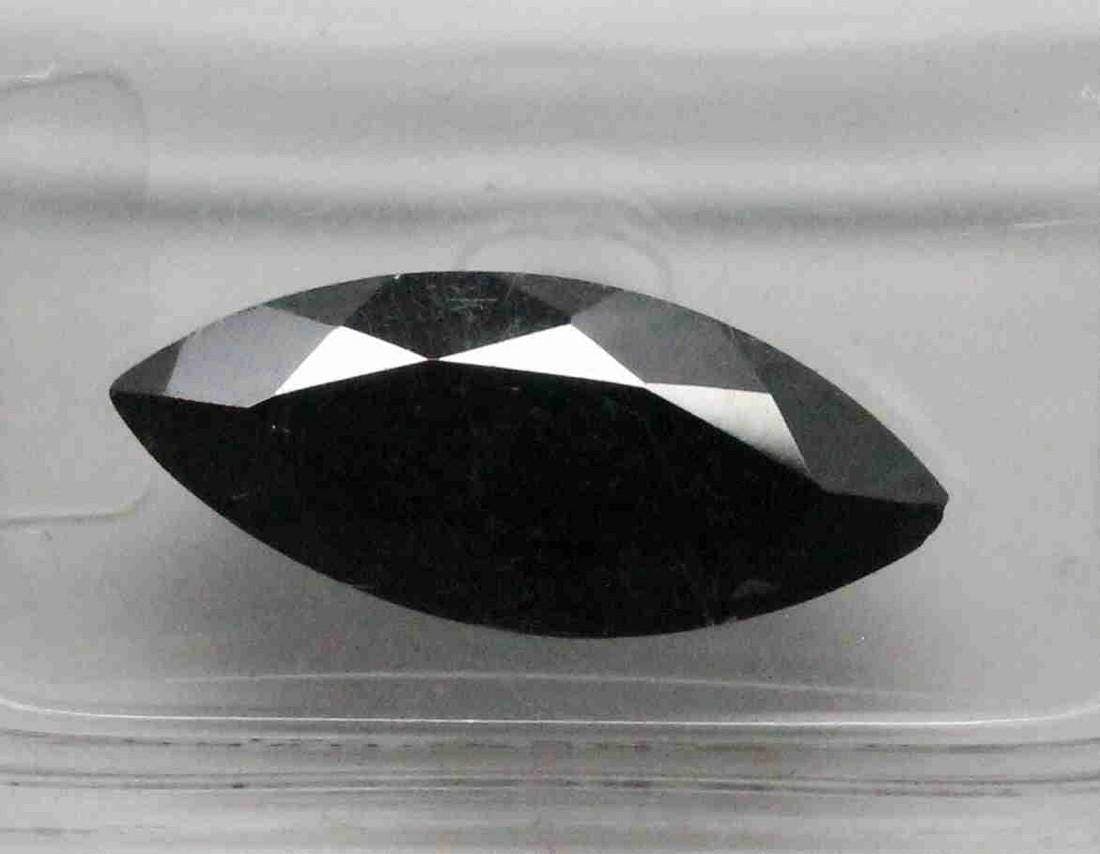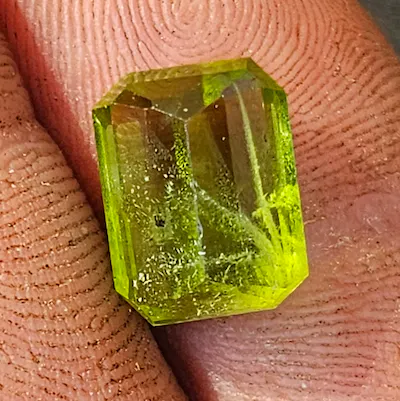Information about Gemstone Necklaces, Information about Sapphire, News
The Originality of Yellow Sapphire Stone
The yellow sapphire stone occupies a special and distinctive position within the realm of gemstones, owing to its captivating charm. Its unique yellow hue and extraordinary attractiveness render it a highly coveted treasure across the globe. However, what truly distinguishes the yellow sapphire stone is its inherent individuality. This gem, renowned for its captivating luminosity, exudes an aura of genuineness and uniqueness for those who choose to adorn it. Whether you’re in search of spiritual enlightenment, fortune, or merely a stunning piece of jewelry, the yellow sapphire stone promises to enrapture your senses and create an indelible impact. Uncover the enchantment of this distinctive gem, delving into a realm of beauty and significance on Melogems.
Origin and Formation of Yellow Sapphire
Yellow sapphire, also known as Pukhraj or Pushparaag, is a fascinating gemstone that has captured the attention of humans for centuries. It is a form of the mineral corundum, which is composed of aluminum oxide. The attractive yellow hue of this stone is caused by the presence of iron and chromium trace elements during its formation. Let’s delve deeper into the geological formation and mining locations of this captivating gemstone.
Geological Formation
Yellow sapphire is formed under high-pressure conditions deep within the Earth’s crust. It is usually found in igneous rocks such as basalt and granite, as well as in metamorphic rocks like gneiss and schist. The process of its formation involves the slow cooling of molten rock, which allows crystals to form and grow over time. It takes millions of years for the beautiful yellow sapphire to develop its natural brilliance and charm.
Mining Locations
Yellow sapphire is found in various parts of the world, with some regions renowned for their high-quality stones. Significant deposits of yellow sapphire can be found in countries such as Sri Lanka, Madagascar, Thailand, Australia, and the United States. Sri Lanka, known as the “Island of Gems,” has been a primary source of yellow sapphire for centuries. These mining locations have become hubs for gem enthusiasts and experts who seek out the finest specimens of yellow sapphire.
Chemical Composition
The chemical composition of yellow sapphire is primarily aluminum oxide with trace amounts of iron and chromium. The presence of these elements gives the stone its vibrant yellow color. The purity and quality of yellow sapphire are determined by the clarity of the stone, its color intensity, and the absence of any significant inclusions or flaws. The chemical composition of yellow sapphire makes it one of the most durable and precious gemstones in the world.

Historical Significance of Yellow Sapphire
Yellow sapphire has a rich history dating back to ancient times. It has been revered for its beauty, rarity, and perceived mystical properties. Let’s explore the ancient beliefs and myths surrounding this captivating gemstone, as well as its association with royalty, wealth, and its importance in astrology.
Ancient Beliefs and Myths
In many ancient civilizations, yellow sapphire was believed to possess powerful healing and protective properties. It was often associated with the Sun, symbolizing divine wisdom, strength, and abundance. According to ancient Indian mythology, yellow sapphire was connected to the goddess of knowledge, Saraswati, and was thought to enhance one’s intellect and spiritual awareness. The ancient Greeks and Romans also attributed yellow sapphire with various mythical powers, associating it with the Sun god Apollo.
Royalty and Wealth
Yellow sapphire has long been associated with royalty and wealth. In ancient times, monarchs and nobles adorned themselves with yellow sapphire jewelry as a symbol of power and prosperity. It was believed to attract immense riches and good fortune, making it highly sought after among the elite. Even today, yellow sapphire continues to be a symbol of opulence and luxury.
Astrological Importance
Yellow sapphire holds great significance in astrology, especially in Vedic astrology. It is believed to be the gemstone of Jupiter, the planet associated with wisdom, benevolence, and spiritual growth. According to astrological beliefs, wearing a yellow sapphire can bring good luck, happiness, and success to the wearer. It is thought to promote clarity of thought, strengthen relationships, and attract abundance in all aspects of life.
Explore the concept of the most valuable sapphire color at Melogems!
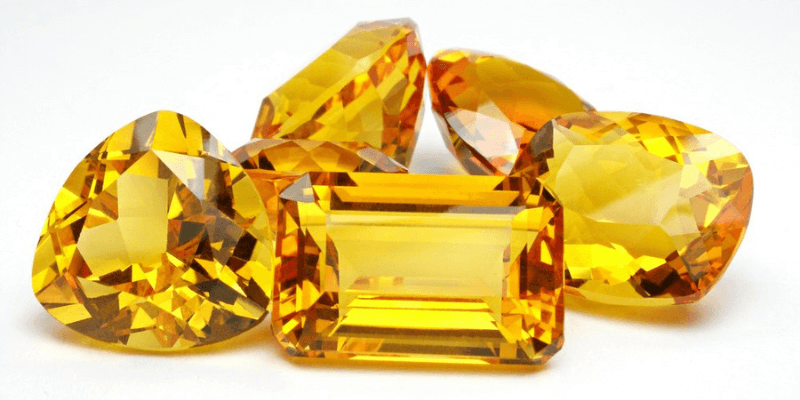
Distinctive Physical Characteristics
Yellow sapphire possesses several distinctive physical characteristics that make it a truly unique gemstone. Its mesmerizing color, crystal structure, durability, and optical properties set it apart from other gemstones. Let’s explore these characteristics in detail.
Color and Crystal Structure
Yellow sapphire is known for its vibrant yellow hue, ranging from pale lemon to intense golden shades. The color is caused by the presence of iron and chromium trace elements. The crystal structure of yellow sapphire is hexagonal, forming elongated prismatic crystals with a smooth and brilliant luster. The unique color and crystal structure of yellow sapphire contribute to its exceptional beauty and desirability.
Durability and Hardness
Yellow sapphire is one of the hardest gemstones, measuring 9 on the Mohs scale of mineral hardness. This exceptional hardness makes it highly resistant to scratches and abrasions. It is durable enough to withstand everyday wear, making it an excellent choice for jewelry. The durability of yellow sapphire ensures that it retains its luster and beauty for generations to come.
Optical Properties
When light enters yellow sapphire, it undergoes a fascinating journey through the gemstone. Yellow sapphire exhibits pleochroism, meaning it displays different colors from different angles. This optical phenomenon adds depth and complexity to the gemstone’s appearance. With its brilliant refractive index, yellow sapphire showcases excellent brilliance and radiance when correctly cut and faceted.

Varieties and Colors of Yellow Sapphire
Yellow sapphire comes in several varieties and shades, each with its unique characteristics and beauty. Natural yellow sapphires, heat-treated yellow sapphires, and the rare padparadscha sapphire are some of the notable variations within the yellow sapphire family.
Natural Yellow Sapphires
Natural yellow sapphires are the most desirable and valuable form of yellow sapphire. These gemstones are revered for their pure and unadulterated beauty, untouched by any human intervention. Their vivid yellow color, combined with excellent clarity and brilliance, makes them highly sought-after for fine jewelry.
Heat-Treated Yellow Sapphires
Heat treatment is a common practice in the gem industry to enhance the color and clarity of gemstones. Many yellow sapphires undergo heat treatment to intensify their yellow hue and remove any undesirable inclusions. This heat treatment is considered acceptable and is widely practiced, as it allows gem enthusiasts to enjoy yellow sapphires with vibrant colors and improved clarity.
Padparadscha Sapphire
The padparadscha sapphire is a rare and enchanting variety of yellow sapphire. It is named after the Sinhalese word for “lotus flower,” due to its delicate blend of pink and orange hues reminiscent of the blossoming flower. This unique color combination sets the padparadscha sapphire apart from other gemstones, making it highly prized and sought after by collectors and connoisseurs.

Cultural and Symbolic Importance
Yellow sapphire holds immense cultural and symbolic importance in various cultures around the world. Let’s explore how this captivating gemstone is revered and used in different cultures and the profound symbolism and meaning attached to it.
Yellow Sapphire in Different Cultures
Yellow sapphire has been treasured and revered in many cultures throughout history. In ancient Indian culture, it was believed to bring auspiciousness, good fortune, and spiritual enlightenment. The stone holds a significant place in the royal jewelry collections of Indian monarchs. In Chinese culture, yellow sapphire symbolizes wealth, abundance, and good luck. It is also considered a sacred stone in Tibetan Buddhism, associated with wisdom and enlightenment.
Symbolism and Meaning
Yellow sapphire is often associated with qualities such as joy, happiness, and vitality. Its radiant color and brilliance are believed to uplift and energize the wearer. In addition, yellow sapphire symbolizes wisdom, knowledge, and intellectual growth. It is considered a stone of abundance and prosperity, attracting wealth and success in all aspects of life.
Uses in Jewelry and Art
Yellow sapphire’s striking beauty and symbolism make it a popular choice for jewelry and artistic creations. It is often used in various jewelry pieces, such as rings, necklaces, bracelets, and earrings. The vivid yellow color of yellow sapphire adds a touch of elegance and glamour to any jewelry design. In addition to jewelry, yellow sapphire is also used in decorative art, sculptures, and as a centerpiece in ornate crowns and tiaras.

Metaphysical and Healing Properties
Beyond its physical beauty, yellow sapphire is believed to possess metaphysical and healing properties. Let’s explore the spiritual and energy benefits of this gemstone, its association with chakras, and its therapeutic applications.
Spiritual and Energy Benefits
Yellow sapphire is believed to enhance spiritual awareness and connect the wearer to higher realms of consciousness. It is thought to promote optimism, discipline, and a positive mindset. The stone is said to attract abundance and prosperity by aligning the wearer with the vibrational frequencies of abundance in the universe.
Chakra Alignment
In terms of chakra alignment, yellow sapphire is associated with the Solar Plexus Chakra. This chakra is located above the navel and is associated with personal power, confidence, and manifestation. Wearing yellow sapphire close to the Solar Plexus Chakra is believed to stimulate its energy flow, promoting self-expression and empowering the individual.
Therapeutic Applications
Yellow sapphire is attributed with various healing properties, both physical and emotional. It is said to aid digestion and alleviate ailments related to the liver and pancreas. Emotionally, yellow sapphire is believed to boost self-confidence, improve focus and concentration, and alleviate depression or feelings of low self-worth. It is often used in alternative healing practices such as crystal therapy and Reiki.
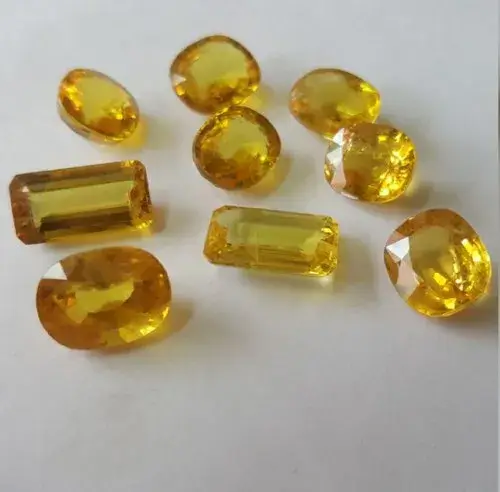
Identifying and Assessing Yellow Sapphire Quality
When purchasing any gemstone, it is essential to understand how to identify and assess its quality. This knowledge ensures that you make an informed decision and acquire a genuine and valuable yellow sapphire. Here are some key factors to consider when evaluating yellow sapphire quality.
The 4 C’s: Color, Clarity, Cut, and Carat
Yellow sapphire, like any other gemstone, is evaluated based on the four C’s: color, clarity, cut, and carat weight. The most important factor is color, with a vibrant and intense yellow hue considered highly desirable. Clarity refers to the absence of inclusions or flaws within the stone. A well-cut yellow sapphire maximizes its brilliance and beauty. Lastly, the carat weight determines the size and weight of the gemstone.
Quality Certifications and Grading
To ensure the authenticity and quality of yellow sapphires, it is recommended to obtain a gemstone certification from reputable gemological institutes. These certifications provide detailed information about the gemstone’s origin, treatment (if any), and its quality assessment based on the four C’s. The most well-known gemological institutes, such as the Gemological Institute of America (GIA) and the International Gemological Institute (IGI), provide reliable certifications.
Identifying Synthetic or Treated Stones
As with any valuable gemstone, there is a risk of encountering synthetic or treated yellow sapphires in the market. Synthetic yellow sapphires are created in a laboratory and possess similar chemical and physical properties as natural yellow sapphires. Treated yellow sapphires have undergone enhancements to improve their color and clarity. These treatments, such as heat treatment, should be disclosed and certified by trustworthy jewelers.

Yellow Sapphire in Astrology
In Vedic astrology, gemstones are believed to have a profound impact on an individual’s life. Yellow sapphire, associated with the planet Jupiter, holds immense significance in astrological practices. Let’s explore the role of yellow sapphire in Vedic astrology, its effects on planetary alignment, and guidelines for wearing this gemstone.
Vedic Astrology and Gemstones
In Vedic astrology, gemstones are believed to enhance the positive energies of planets and protect individuals from negative influences. Each gemstone is associated with a specific celestial body, and wearing the corresponding gemstone is thought to balance and align the cosmic energies. Yellow sapphire is considered the gemstone for Jupiter due to its affinity with the planet’s energy.
Effects on Planetary Alignment
According to Vedic astrology, wearing a yellow sapphire can have a positive impact on one’s life by strengthening the influence of Jupiter. Jupiter is associated with knowledge, fortune, and spiritual growth. Wearing yellow sapphire is believed to attract success, prosperity, and wisdom, while simultaneously mitigating the negative effects of Jupiter’s malefic placement in an individual’s birth chart.
Guidelines for Wearing Yellow Sapphire
To harness the benefits of yellow sapphire in astrology, it is advisable to follow certain guidelines. The gemstone should be of high quality and should ideally be set in a ring made of gold or silver. It is recommended to wear the yellow sapphire ring on the index finger of the right hand. Consulting with an experienced astrologer or gemologist is crucial to ensure that the gemstone is aligned with the individual’s astrological needs.
Learn about the best sapphire in the world!
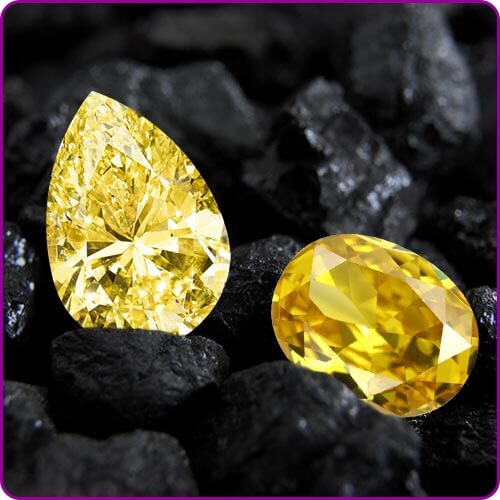
Famous Yellow Sapphire Gemstones
Throughout history, several yellow sapphire gemstones have gained fame and recognition due to their remarkable beauty and exceptional size. Let’s explore some of the most famous yellow sapphire gemstones, known for their historical importance and unparalleled brilliance.
The Star of India
The Star of India is a legendary yellow sapphire weighing a remarkable 563.35 carats. This gemstone is renowned for its unique star-like phenomenon, known as asterism. The Star of India is currently housed in the American Museum of Natural History in New York City and is considered one of the world’s most treasured and celebrated gemstones.
The Logan Sapphire
The Logan Sapphire, a gemstone weighing an impressive 423 carats, is another notable example of a remarkable yellow sapphire. This gemstone is considered one of the finest and largest faceted sapphires in the world. It is currently part of the National Gem Collection at the Smithsonian Institution in Washington, D.C., where it attracts awe and admiration from visitors.
The Hall Sapphire and Diamond Necklace
The Hall Sapphire and Diamond Necklace is an exquisite piece of jewelry that features a stunning yellow sapphire as its centerpiece. The sapphire weighs 195 carats and is surrounded by diamonds in a magnificent necklace design. This mesmerizing creation is considered one of the most iconic yellow sapphire jewelry pieces and is often regarded as a symbol of timeless elegance and luxury.
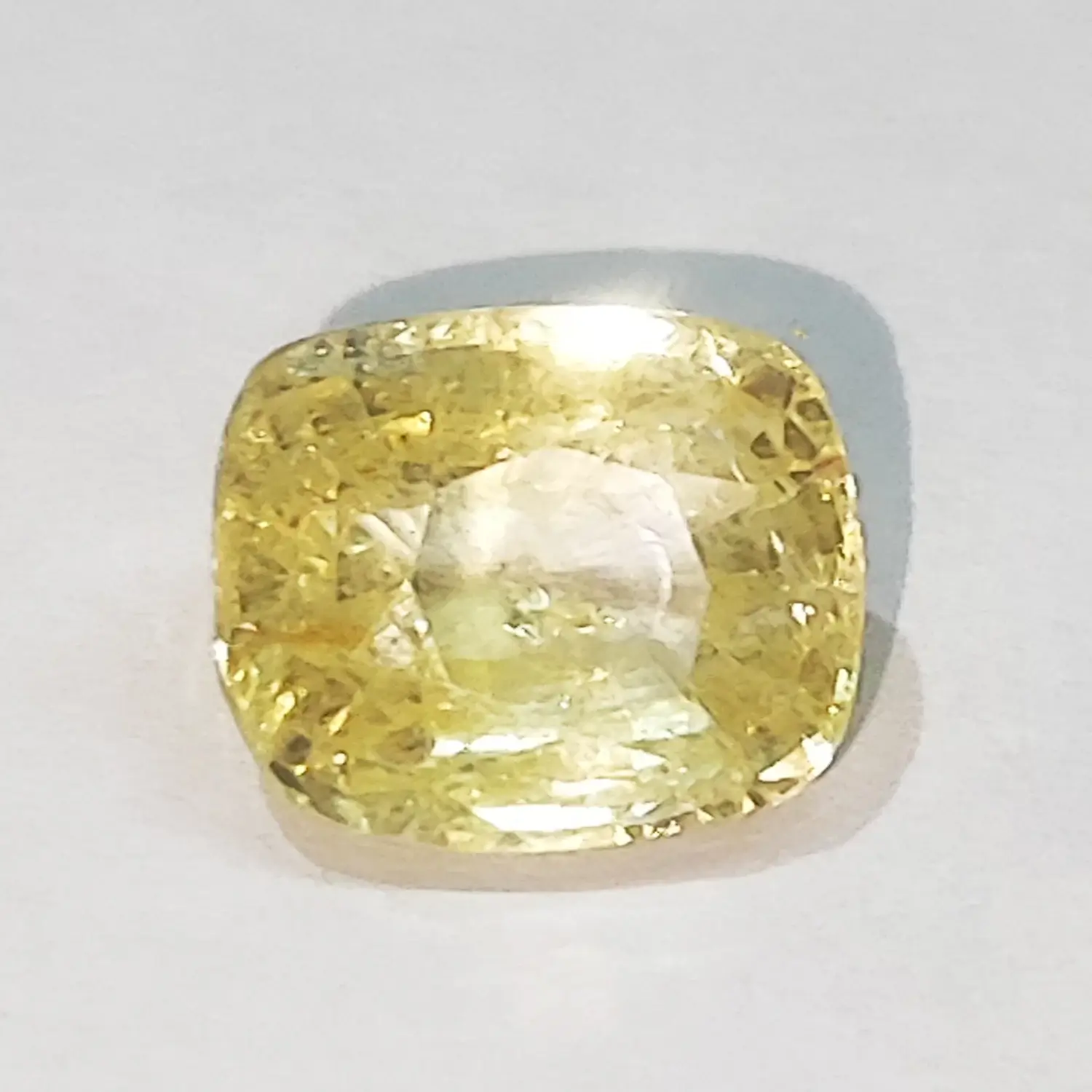
Caring for Yellow Sapphire Jewelry
To ensure the longevity and beauty of your yellow sapphire jewelry, proper care and maintenance are essential. Here are some practical tips for cleaning, storing, and protecting your precious yellow sapphire pieces.
Cleaning and Maintenance
To clean yellow sapphire jewelry, use a mild soap or detergent mixed with lukewarm water. Gently scrub the gemstone with a soft brush or cloth to remove any dirt or oils. Avoid using harsh chemicals or ultrasonic cleaners, as they can damage the stone. Regular cleaning and occasional professional inspections help maintain its brilliance and integrity.
Storing and Protecting
When not wearing your yellow sapphire jewelry, store it in a fabric-lined jewelry box or a separate compartment to prevent scratches or damage. Avoid storing it with other gemstones, as they can potentially scratch the surface. It is also advisable to remove your yellow sapphire jewelry before engaging in activities that may expose it to chemicals, extreme temperatures, or impact.
Enhancing Longevity
To preserve the color and clarity of your yellow sapphire, avoid exposing it to prolonged sunlight or excessive heat. Over time, exposure to sunlight may cause the gemstone’s color to fade. Regularly inspect your jewelry for any loose settings or prongs, and have them repaired promptly to prevent any potential loss or damage to the yellow sapphire.
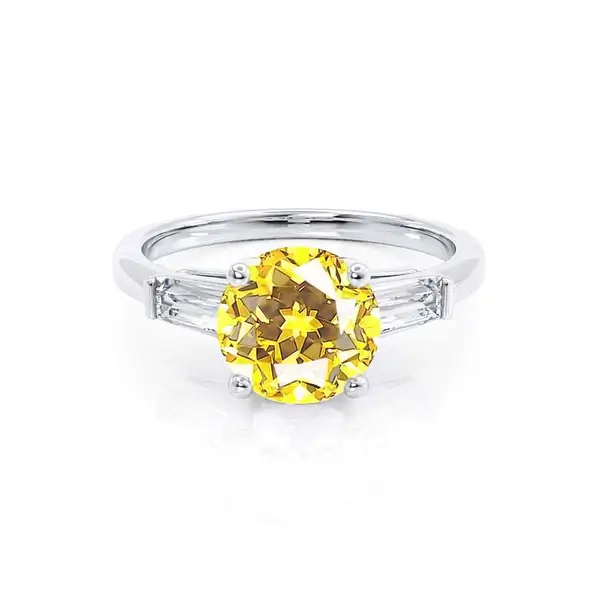
Yellow sapphire, with its rich history, remarkable characteristics, and profound symbolism, continues to captivate individuals across cultures and time. Whether worn as an exquisite piece of jewelry or utilized for its astrological and metaphysical properties, yellow sapphire remains a highly prized and cherished gemstone. As you embark on your journey with yellow sapphire, remember to appreciate its beauty, care for it responsibly, and embrace the positive energies it brings into your life.

